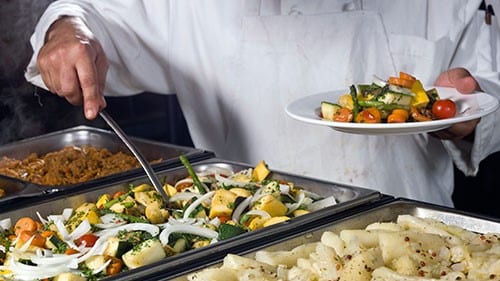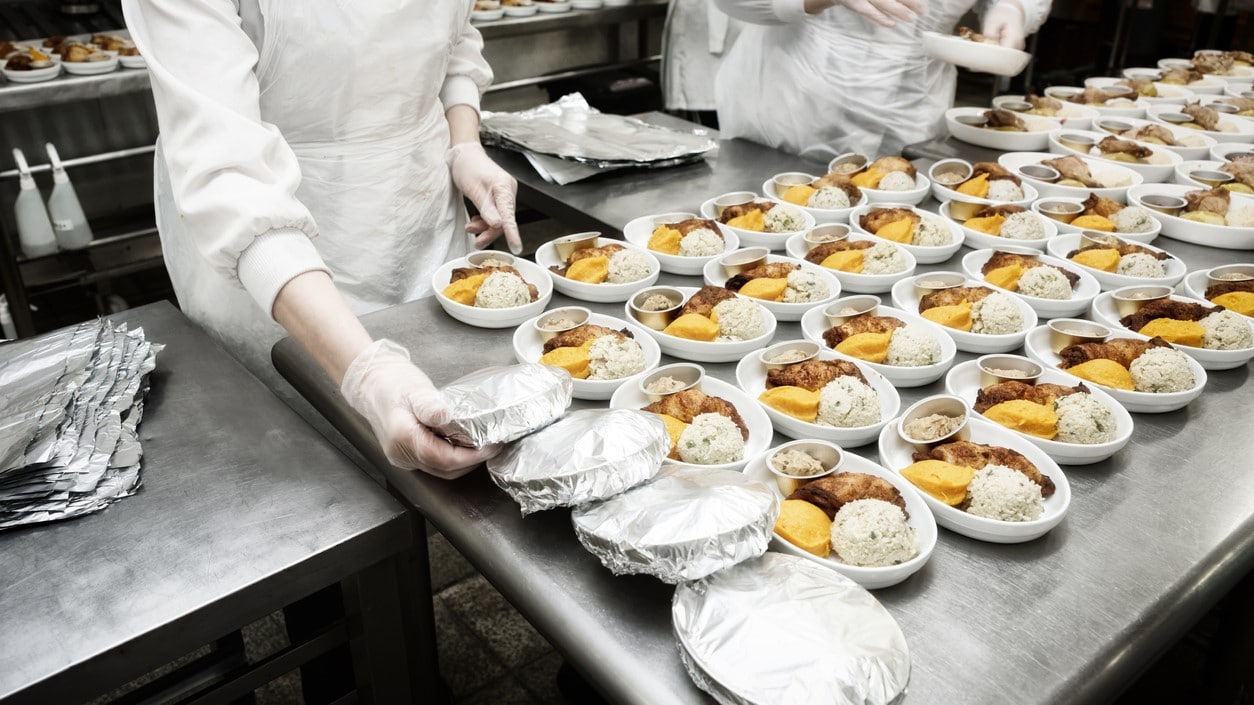At a glance
Menu data can be used to evaluate the implementation of food service guidelines. You can obtain menu cycles from food service managers. Using menu data has advantages and disadvantages.

Introduction
Menu data may identify foods and beverages offered to help evaluate your food service guidelines initiative. In many food service venues, menu items differ daily but are repeated over a specific period. For example, menus may repeat every three weeks, four weeks, or six weeks. You can obtain menu cycles from food service managers or staff and assess them for compliance with food service guidelines.
Advantages
Menu data are particularly helpful for monitoring food standards that may only need to be met two or three days of the week, such as seafood or plant-based entrées. If you only audit the cafeteria on one sample day, you may miss those foods that are served twice per week according to guidelines. Menu data reveals the frequency of food offerings.
Menu data are especially useful where meals and snacks are served rather than sold, such as in correctional institutions or eldercare facilities. In these places, institutional staff determine the menu, and consumers have little choice of food. Thus, measuring the foods served can be used as a proxy measure for foods consumed, but it is not an exact measure of individuals’ intake
Disadvantages
Menu data are not useful as a proxy to assess outcomes where foods are sold. Menu data do not reveal to what extent consumers are choosing healthier items.
Menu cycles often change with the types of food and ingredients that can be procured during specific times of the year. This seasonality of menu rotation may require data collection in spring, summer, fall, or winter to get representational data.
More information on data types
Next steps
Return to "Building Blocks"
Use the "Building Blocks of Food Service Guidelines" to navigate to other parts of the Food Service Guidelines Implementation Toolkit.






